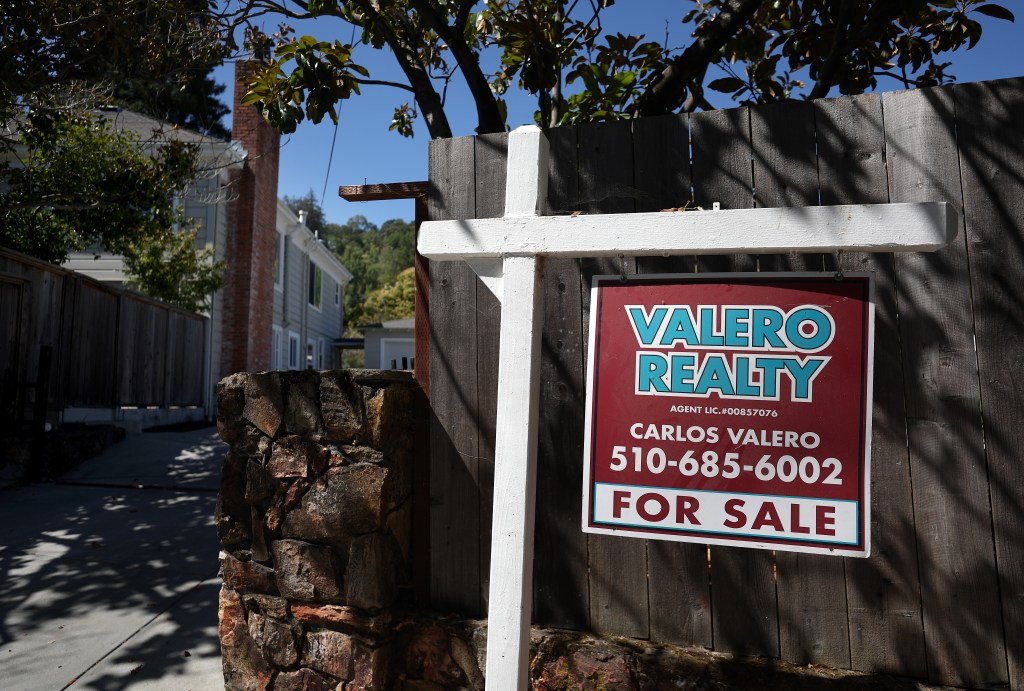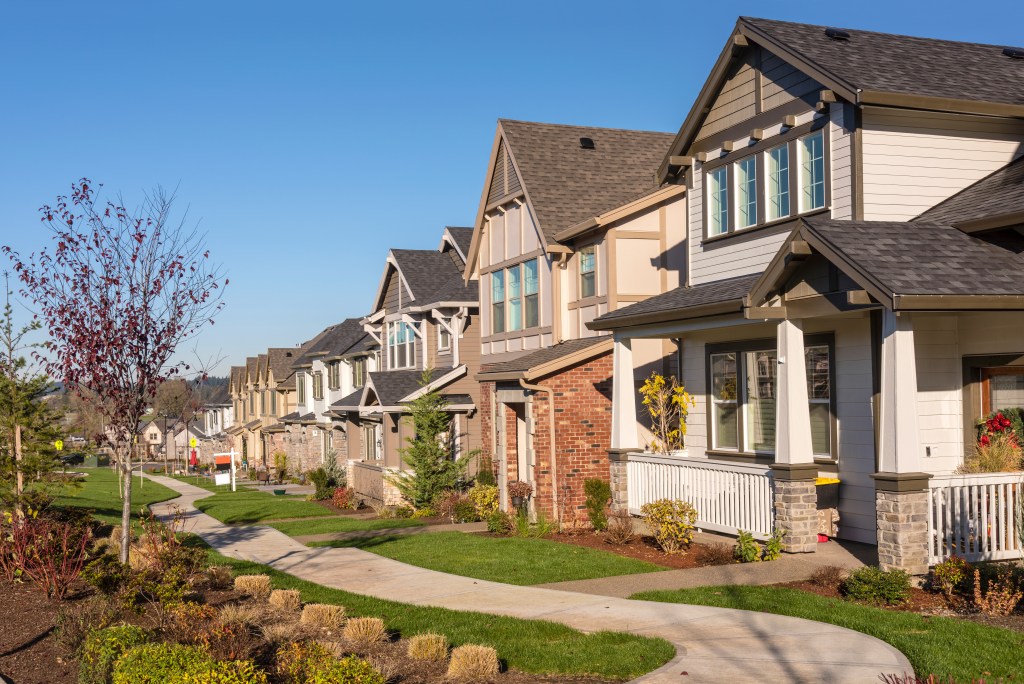Where are people buying homes now that mortgage rates have fallen sharply from last October’s peak?
Not in the south.
Not even outside the West.
Over the past year, these large parts of the country have been consistently left off Realtor.com’s rankings of the hottest housing markets, pushed aside by places like Manchester, NH (which was just ranked No. 1 for 30th in seven years and the ninth month in a row).
So why aren’t home buyers flocking to these sunnier, warmer climates?
In the case of the South, it’s a matter of supply and demand: This region of the country has seen a boom in housing stock over the past year as buyer demand waned.
“More homes mean fewer home viewers and more time on the market, which makes for pretty cool reading,” explains Hannah Jones, senior economic research analyst at Realtor.com.
And you can blame high house prices for the West’s absence from these rankings.
“As mortgage rates remain relatively high, many Western buyers can’t afford the area’s prices, resulting in more inventory, a slower market pace and a cooler heat output,” says Jones. .
Where America’s Hottest Real Estate Markets Are
With Manchester leading the way, the North East and Midwest boast 10 markets each on the list.
“The Midwest and Northeast have reigned supreme as home to most of the nation’s hottest markets through mid-2022 when mortgage rates rise,” says Jones.
Manchester exhibits a number of features that make it attractive to homebuyers: This small northeastern city is an hour from a major metro (Boston); it boasts a relatively affordable median home price of $563,000 ($277,000 lower than Beantown’s $840,000); and is in New Hampshire, which has no state income and sales taxes.
“This Boston-adjacent metro has been hot since March 2021, ranking among the top three markets every month for more than three years,” Jones says in her analysis.
Manchester listings received 3.4 times more viewings in September than the national average, with homes being snapped up by buyers in around 25 days after going on the market.

(The national average for days on market is double that, at 55 days.)
“Manchester’s heat means high demand is met with low inventory as buyers claim available homes,” says Jones.
“The area hasn’t seen any significant change in buyer attention, which means inventory hasn’t been able to recover.”
3 US cities were ranked second
Three cities ranked no. 2 on our top 20 list: Concord, NH; Rockford, IL; and Springfield, MA.
Each of the cities had a different heat factor making it a three-way tie.
Homes in Concord received the most viewings, 3.2 times the national average in September.

Rockford listings offered the most bargains, with the typical home going for $223,000.
And Springfield boasted the shortest time on market, at 28 days.
Four states had two meters each in the top 20: New Hampshire, Massachusetts, Wisconsin and Connecticut.
Prices rise in 20 major markets
The hotter a market gets, the more home prices rise, with list prices rising in 15 of the 20 hottest markets.
Indeed, although home prices fell 1% year-over-year nationally in September, prices rose an average of 3.6% in the hottest markets.
This was “due to high demand and low inventory for sale,” says Jones.
Rochester experienced the largest annual price increase in September, up 13.0%, while Milwaukee rose 11.4%.
Homes in the hottest markets are disappearing
Those looking to get a home in a hot market should act fast.
In September, housing stock rose 34% year-over-year nationally.
However, in the hottest markets, growth was more modest, with listing levels averaging 23.8%.
Homes in these markets moved quickly – spending just 34 days on the market.
That’s “three weeks less time to market than is typical nationally,” says Jones.
Demand was also strong, with property viewings 2.6 times the national average in September.
“High demand and tight inventory conditions increase property views, increasing competition for homes in the hottest markets and leading to faster home sales,” says Jones.
However, with housing affordability finally starting to improve as mortgage rates come down, this “could start to shake up buyer demand,” Jones says, as well as markets that remain hot.
“Many less hot markets across the country have seen a significant increase in housing inventory, which can absorb an increase in demand without much price pressure,” adds Jones.
#South #West #Crack #List #Americas #Hottest #Housing #Markets
Image Source : nypost.com